Filter by
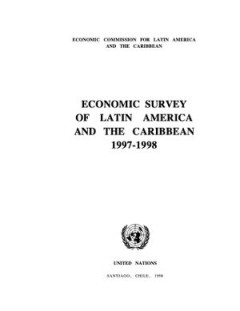
Economic Survey of Latin America and the Caribbean 1997-1998
The Economic Survey of Latin America and the Caribbean, 1997-1998 is the fiftieth edition in this series. To mark this milestone, a special chapter has been included in this edition which traces the history of the publication and outlines the way in which the economic situation in the region has been viewed during each of the periods examined. Once again, the Survey has been published as a sing…
- Edition
- -
- ISBN/ISSN
- -
- Collation
- -
- Series Title
- -
- Call Number
- 650

Economic Survey of Latin America and the Caribbean 1997-1998
The Economic Survey of Latin America and the Caribbean, 1997-1998 is the fiftieth edition in this series. To mark this milestone, a special chapter has been included in this edition which traces the history of the publication and outlines the way in which the economic situation in the region has been viewed during each of the periods examined. Once again, the Survey has been published as a sing…
- Edition
- -
- ISBN/ISSN
- 9789210582971
- Collation
- -
- Series Title
- -
- Call Number
- 650
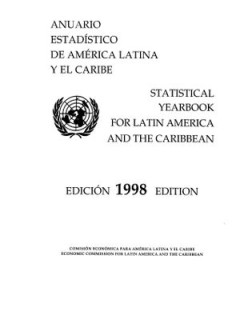
Anuario Estadístico de América Latina y el Caribe 1998 = Statistical Yearbo…
The 1998 edition of the Statistical Yearbook for Latin America and the Caribbean contains a selection, updated to the end of December, of the main statistical series available on economic and social trends in the countries of the region. It represents a systematic effort of the ECLAC Statistics and Projections Division to harmonize the figures and make them internationally comparable. The year'…
- Edition
- -
- ISBN/ISSN
- -
- Collation
- -
- Series Title
- -
- Call Number
- 650
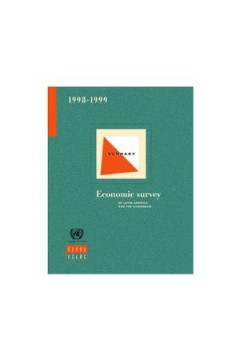
Economic Survey of Latin America and The Caribbean 1998-1999
This summary provides an assessment of the Latin America and the Caribbean region's economy during 1998 and the first half of 1999. It presents an overview of each country's external sector, macroeconomic policy, activity levels, inflation, employment, saving and investment. The publication contains thirteen statistical tables
- Edition
- -
- ISBN/ISSN
- -
- Collation
- -
- Series Title
- -
- Call Number
- 650
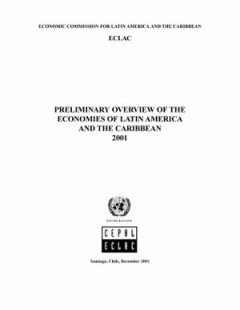
Preliminary Overview of the Economies of Latin America and the Caribbean 2001
The severe slowdown in the world economy in 2001 cut short the recovery that had begun in 2000 and dashed hopes that Latin America and the Caribbean were about to embark upon a new growth cycle. Unlike the crises of the 1990s, which were confined to a limited group of countries, the slowdown of 2001 engulfed the region as a whole. The impact of the adverse international environment impinged upo…
- Edition
- -
- ISBN/ISSN
- -
- Collation
- -
- Series Title
- -
- Call Number
- 650
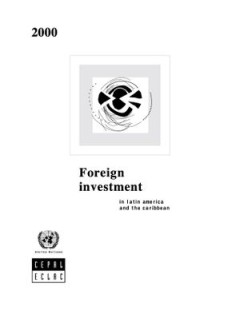
Foreign Investment in Latin America and the Caribbean 2000
This study seeks to provide greater insight into foreign direct investment (FDI) in Latin America and the Caribbean. A corporate strategy-based analytical framework has been used to interpret the copious yet heterogeneous information available on the subject. The research programme employed by the Unit on Investment and Corporate Strategies is structured around the examination of specific situa…
- Edition
- -
- ISBN/ISSN
- 9789213633656
- Collation
- -
- Series Title
- -
- Call Number
- 650

Economic Survey of Latin America and the Caribbean 2001-2002
The present edition of the Economic Survey of Latin America and the Caribbean, annual publication that appears every year since 1948, consists of three parts and one statistical appendix. The first part of the Survey covers the main aspects of the regional economy from a sectorial and thematic perspective. Chapter 1 deals with the situation of the first half of 2002 and the prospects for the ye…
- Edition
- -
- ISBN/ISSN
- 9789211558388
- Collation
- -
- Series Title
- -
- Call Number
- 650
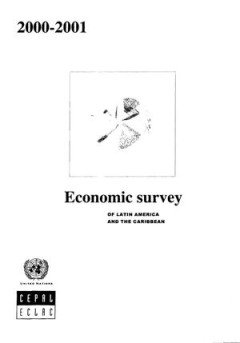
Economic Survey of Latin America and the Caribbean 2000-2001
This is the fifty-third edition in this series. The first part of the Survey covers the regional economy. It begins with a chapter dealing with the situation in the first half of 2001 and the prospects for the year as a whole. This was previously published separately with the title 2001: Current Conditions and Outlook. The analysis of the various aspects of the regional economy in 2000 consists…
- Edition
- -
- ISBN/ISSN
- -
- Collation
- -
- Series Title
- -
- Call Number
- 650
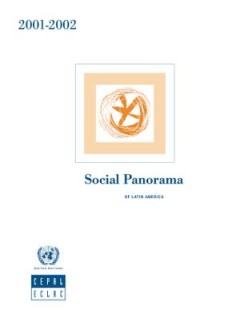
Social Panorama of Latin America 2001-2002
The year 1997 marked the end of a cycle of growth in Latin America that enabled a number of countries to make significant strides in reducing poverty. The turning point in this process was the Asian crisis, which ushered in a five-year stretch of slower economic growth,higher unemployment and unchanging (or, in many cases, rising) poverty indices in the region. It may be said, without exaggerat…
- Edition
- -
- ISBN/ISSN
- -
- Collation
- -
- Series Title
- -
- Call Number
- 650
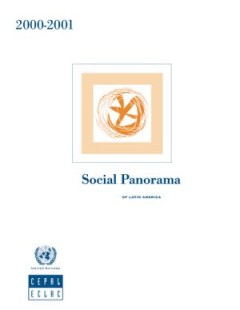
Social Panorama of Latin America 2000-2001
The 2000-2001 edition of the Social Panorama of Latin America provides new poverty estimates for the countries of the region based on household surveys conducted around 1999, together with recent statistics on the distribution of in-come,employment and unemployment. It also examines the levels of public ex-penditure allocated to social sectors, the status of Latin American households and the ma…
- Edition
- -
- ISBN/ISSN
- -
- Collation
- -
- Series Title
- -
- Call Number
- 650
 Computer Science, Information & General Works
Computer Science, Information & General Works  Philosophy & Psychology
Philosophy & Psychology  Religion
Religion  Social Sciences
Social Sciences  Language
Language  Pure Science
Pure Science  Applied Sciences
Applied Sciences  Art & Recreation
Art & Recreation  Literature
Literature  History & Geography
History & Geography